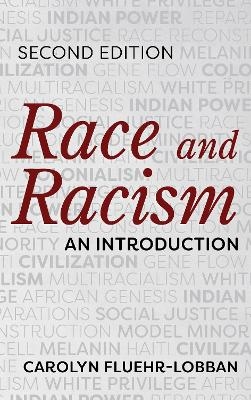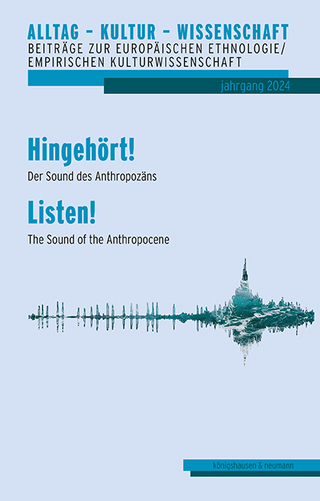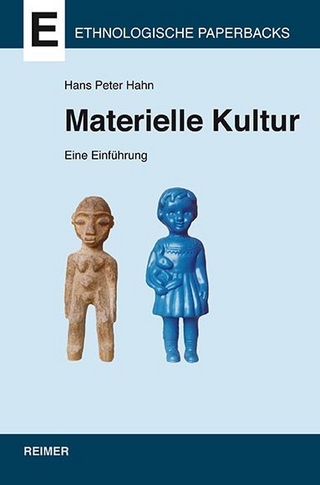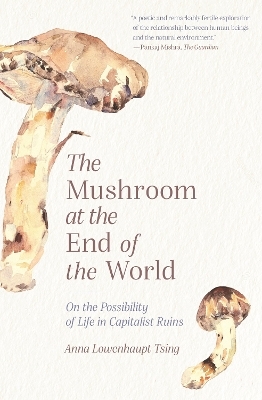
Race and Racism
Rowman & Littlefield (Verlag)
978-1-4422-7458-7 (ISBN)
Race and Racism examines the foundations of race in American society from an anthropological perspective. The book offers and accessible overview of a variety of perspectives and theories on the biology of race, the social context of race, ethnicity and ethnocentrism, and more. The second edition features significant updates throughout, including more discussion of critical race theory, new biophysical research on human origins, new material on media and racism, new global examples, and additional material on how racism impacts a variety of ethnic groups.
Carolyn Fluehr-Lobban is professor emerita of anthropology, Rhode Island College; adjunct professor, Doctoral Program in Education, University of Rhode Island/Rhode Island College; and adjunct professor of African Studies, U.S. Naval War College. In her long career, she has written and edited numerous books and articles, particularly on ethics in Anthropology, Islamic societies, and Sudan.
Preface
About the Author
1. Anthropology, Race, and Racism
What Is Anthropology? What Is Race? What Is Racism?
How Is Race Different from Ethnicity, Religion, Language, and Other Differences? Why Is There So Much Confusion?
There Is No Science of Race, but Race Is Sociologically Real Race and Ethnicity Distinguished
Barack Obama and Donald Trump: Racial Inclusion and Exclusion
Breaking the Ice: Class Exercise to Initiate a Dialogue on Race
Class Exercises
References
2. Race, Human Evolution, and Natural Selection
Human Evolution, the Story of African Genesis, “Out of Africa”
New Finds for Early Humans in Africa
Asian Progenitors
European Early Humans
Early Humans in the Americas
Migration of Humans Out of Africa
Origins of Human Racial Difference: Modern Humans— Homo sapiens
Race and Science
Models of the Origin of Races
Human Variation— “Race”— as the Rich History of Homo sapiens sapiens
Mechanisms for Biological Change in Humans
Mutation
Natural Selection
Genetic Drift
Gene Flow/ Migration
Mating in Homogenous Populations, Inbreeding Effects
Random, Nonrandom Mating
Founders’ Effect
Racial Difference and Natural Selection
“Race” Mixture and Skin Color
Albinos: The Only People with No Melanin, Found in All Races
Hair Form and Eye Color
Body Type
The Epicanthic Fold, “Asian” Eyes
Blood and Race
Sickle Cell Anemia, Malaria, and Human Evolution
Lactose Intolerance and PTC Tasting
Human History through Blood Types: DNA Mapping of the Human Genome
The Human Genome Project
DNA: Helping African Americans Trace Their Roots
Curiosity about Racial Differences
Study Questions
References
3. Making a Science of Racial Inequality
Race and the Origins of Anthropology
One or Many Species of Humanity: Monogenism versus Polygenism
Race and Nineteenth- Century Evolution: Savagery, Barbarism, Civilization Progressing from Dark to Light Races— from “Black” and “Red” Savages, to “Yellow” and “Tan” Barbarians, to “White” Civilized Races
The Three Great Races: Caucasoid, Mongoloid, and Negroid
The Negro/ African/ Ethiopian Race: Constructing a “Science” of Black Inferiority
The American Anthropological Association’s Recommendations for the 2000 and 2010 U.S. Censuses
Summary
Questions for Discussion and Further Reflection
References
4. Racism and Anti- Racism from the Nineteenth to the Twenty- First Centuries
Contrasting Ideas: The Inequality versus the Equality of Races
Aryan Supremacy
The Social Darwinist and Eugenics Movements and Their Critics
Franz Boas and the Mainstreaming of Anti-Racist Anthropology
Lothrop Stoddard: Eugenicist, Immigration Opponent, Nazi Sympathizer
Contrasting Postwar Anthropologists: Anti-Racist Ashley Montagu (1905– 1999) and Racialist and Racist Carlton Coon (1942– 1962)
Discussion Questions
References
5. Race, Intelligence, and Mental Testing
So- Called Race and So- Called Intelligence
Anthropometry, Craniometry Amounting to “Skeletomania”
Skin Color and Intelligence
Race and the Measurement of Intelligence
The Future of Race and Intelligence— Achievement Testing
Summary
Discussion Questions
References
Notes
6. Whiteness, White Identity, and the Future of White Privilege in America
The Social Construction of Whiteness
Inventing White Privilege
Confronting the History of White Racism and Its Intergenerational Consequences
Praising the History of Black- White Unity
The Important Role of White Women
The Important Role of Working- Class White Men
Cultural Dimensions of Whiteness
Popular Culture: What White People Have Taken from Black People
Hip- Hop Culture: How Young Whites and Blacks Find Common Ground
The Future of Whiteness in the Twenty- First Century
Whites Participating in and Advancing the Dialogue on Race
Discussion Questions
References
Notes
7. International Perspectives on Race Relations
Race and Racism in Selected European Nations
Race in the New World Hybrid Societies: The Caribbean and Latin America
Selected Cases
Race in Africa: Selected Cases
Egypt and the Two Sudans
Race in the Middle East
Race in Major Cultures of Asia
Treatment of Indigenous Peoples around the World
Global Efforts to Eradicate/ Ameliorate Racism
Summary
Discussion Questions
References
8. Racial Reconstruction and Transformation in America
Demographic and Social Transformation of the United States
Race and the Obama Presidency
Black Lives [Still] Do Not Matter
The Reconfiguration of Race
Race, Hollywood, and the Media, “Oscars so White”
National Dialogue on Race Emphasizing “Truth and Reconciliation”
The Black- White Binary and the Asian Model Minority
Issues That Remain Unprocessed
Challenging White Privilege: What Whites Have to Contribute to the Dialogue on Race
Best Practices That Are Simple to Emulate: Rhode Island College Unity Players
Final Remarks
Discussion Questions
References
Index
| Erscheinungsdatum | 17.07.2018 |
|---|---|
| Zusatzinfo | 2 BW Illustrations, 34 BW Photos |
| Verlagsort | Lanham, MD |
| Sprache | englisch |
| Maße | 159 x 235 mm |
| Gewicht | 472 g |
| Themenwelt | Sozialwissenschaften ► Ethnologie |
| Sozialwissenschaften ► Soziologie | |
| ISBN-10 | 1-4422-7458-1 / 1442274581 |
| ISBN-13 | 978-1-4422-7458-7 / 9781442274587 |
| Zustand | Neuware |
| Informationen gemäß Produktsicherheitsverordnung (GPSR) | |
| Haben Sie eine Frage zum Produkt? |
aus dem Bereich


